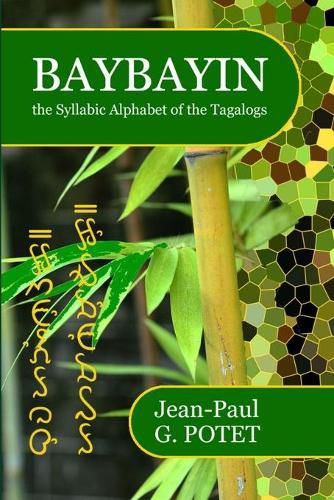Readings Newsletter
Become a Readings Member to make your shopping experience even easier.
Sign in or sign up for free!
You’re not far away from qualifying for FREE standard shipping within Australia
You’ve qualified for FREE standard shipping within Australia
The cart is loading…






This title is printed to order. This book may have been self-published. If so, we cannot guarantee the quality of the content. In the main most books will have gone through the editing process however some may not. We therefore suggest that you be aware of this before ordering this book. If in doubt check either the author or publisher’s details as we are unable to accept any returns unless they are faulty. Please contact us if you have any questions.
When the Spaniards conquered the Philippines (Cebu 1565, Manila 1571), they noticed several of its nations had a writing system of their own, called Baybayin in Tagalog. It was a king of short-hand that did not make it possible to record closing consonants; thus i-lu in Baybayin could represent i-log "river", i-long "nose" or it-log "egg", so much so that, while easy to write, it was difficult to read. Because of this shortcoming, it gave way to the Latin alphabet in the course of the 17th century. Nowadays Filipino graphic artists are reviving Baybayin to express their philippineness.
$9.00 standard shipping within Australia
FREE standard shipping within Australia for orders over $100.00
Express & International shipping calculated at checkout
This title is printed to order. This book may have been self-published. If so, we cannot guarantee the quality of the content. In the main most books will have gone through the editing process however some may not. We therefore suggest that you be aware of this before ordering this book. If in doubt check either the author or publisher’s details as we are unable to accept any returns unless they are faulty. Please contact us if you have any questions.
When the Spaniards conquered the Philippines (Cebu 1565, Manila 1571), they noticed several of its nations had a writing system of their own, called Baybayin in Tagalog. It was a king of short-hand that did not make it possible to record closing consonants; thus i-lu in Baybayin could represent i-log "river", i-long "nose" or it-log "egg", so much so that, while easy to write, it was difficult to read. Because of this shortcoming, it gave way to the Latin alphabet in the course of the 17th century. Nowadays Filipino graphic artists are reviving Baybayin to express their philippineness.